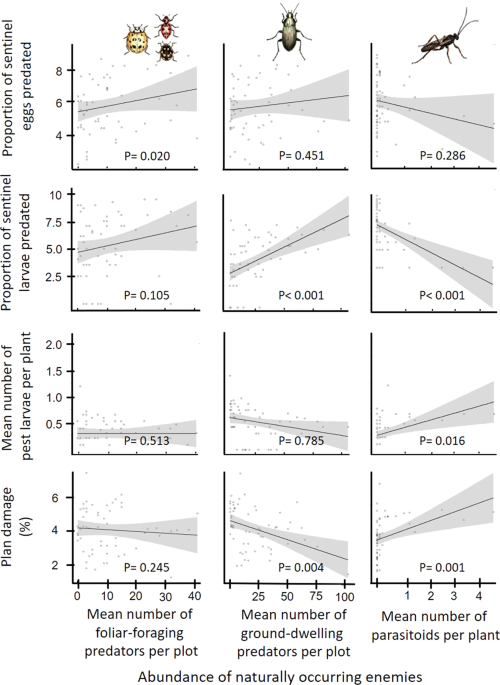The Buzz on Eco Bed Bug Exterminators Dc
The Buzz on Eco Bed Bug Exterminators Dc
Blog Article
The Greatest Guide To Eco Bed Bug Exterminators Dc
Table of ContentsEco Bed Bug Exterminators Dc Fundamentals ExplainedSome Known Details About Eco Bed Bug Exterminators Dc The Eco Bed Bug Exterminators Dc StatementsThe Basic Principles Of Eco Bed Bug Exterminators Dc 5 Easy Facts About Eco Bed Bug Exterminators Dc Described
Due to the fact that chemicals are harmful, they are also potentially harmful to humans, animals, various other organisms, and the environment. People that utilize chemicals or routinely come in contact with them have to understand the loved one toxicity, possible health and wellness results, and preventative actions to decrease direct exposure to the items they make use of. Risk, or danger, of using pesticides is the possibility for injury, or the degree of danger associated with making use of a pesticide under a provided set of problems.
Nonetheless, applicators can lessen or nearly get rid of exposure-- and hence reduce hazard-- by adhering to the label directions, making use of personal protective clothes and devices (PPE), and managing the chemical effectively. More than 95 percent of all chemical exposures come from dermal direct exposure, primarily to the hands and lower arms. By putting on a set of unlined, chemical-resistant handwear covers, this type of exposure can be nearly removed.
The damaging impacts that occur from a solitary direct exposure by any kind of path of access are labelled "severe results." The 4 paths of exposure are facial (skin), inhalation (lungs), oral (mouth), and the eyes. Acute toxicity is established by taking a look at the dermal toxicity, breathing toxicity, and oral toxicity of test animals.
The Eco Bed Bug Exterminators Dc Statements
Acute poisoning is measured as the amount or focus of a toxicant-- the a.i.-- needed to kill 50 percent of the animals in an examination populace. This measure is usually shared as the LD50 (deadly dose 50) or the LC50 (dangerous concentration 50). Furthermore, the LD50 and LC50 worths are based on a solitary dosage and are taped in milligrams of chemical per kilo of body weight (mg/kg) of the guinea pig or partly per million (ppm).
The lower the LD50 or LC50 value of a pesticide item, the higher its poisoning to humans and animals. Chemicals with a high LD50 are the least harmful to humans if made use of according to the instructions on the product label. The persistent toxicity of a chemical is identified by subjecting examination animals to long-lasting exposure to the energetic ingredient.
The chronic toxicity of a chemical is harder than acute toxicity to identify via lab analysis. Products are categorized on the basis of their relative acute toxicity (their LD50 or LC50 values). Chemicals that are identified as highly toxic (Poisoning Classification I) on the basis of either oral, dermal, or breathing poisoning must have the signal words risk and POISON printed in red with a skull and crossbones symbol plainly displayed on the front panel of the package tag.
The intense (single dosage) dental LD50 for pesticide products in this team varies from a trace amount to 50 mg/kg. For instance, direct exposure of a few declines of a product taken by mouth might be fatal to a 150-pound individual. Some pesticide items have simply the signal word DANGER, which informs you absolutely nothing regarding the severe toxicity, just that the item can cause serious eye damage or extreme skin inflammation
Some Known Facts About Eco Bed Bug Exterminators Dc.
In this classification, the intense oral LD50 ranges from 50 to 500 mg/kg. A teaspoon to an ounce of this material can be deadly to a 150-pound person (exterminator DC). Pesticide products categorized as either somewhat toxic or relatively nontoxic (Poisoning Categories III and IV) are required to have the signal word care on the chemical label

Getting The Eco Bed Bug Exterminators Dc To Work
All pesticide toxicity valuesPoisoning including the LD50, can be found on located product's Item Safety Product Security InformationMSDS). Chemical tags and MSDS can be acquired from sellers or produces. Furthermore, many items also know that can be found on the web. The signs of pesticide poisoning can range from a light skin irritability to coma and even fatality.
Since of possible wellness problems, chemical users and handlers should acknowledge the usual signs and signs of chemical poisoning. The results, or symptoms, of pesticide poisoning can be extensively specified as either topical or systemic.
Eco Bed Bug Exterminators Dc Things To Know Before You Get This
Dermatitis, or swelling of the skin, is accepted as the most generally reported topical impact connected with go to my site pesticide exposure. Some individuals tend to cough, wheeze, or sneeze when subjected to chemical sprays.
This sign normally subsides within a couple of mins after a person is removed from the direct exposure to the irritant. A response to a chemical product that triggers a person not just to sneeze and cough yet likewise to create severe intense breathing symptoms is much more most likely to be a true hypersensitivity or allergic response.
Systemic results are fairly different from topical impacts. They usually occur away from the initial factor of get in touch with as an outcome of the pesticide being taken in into and dispersed throughout the body.
Report this page